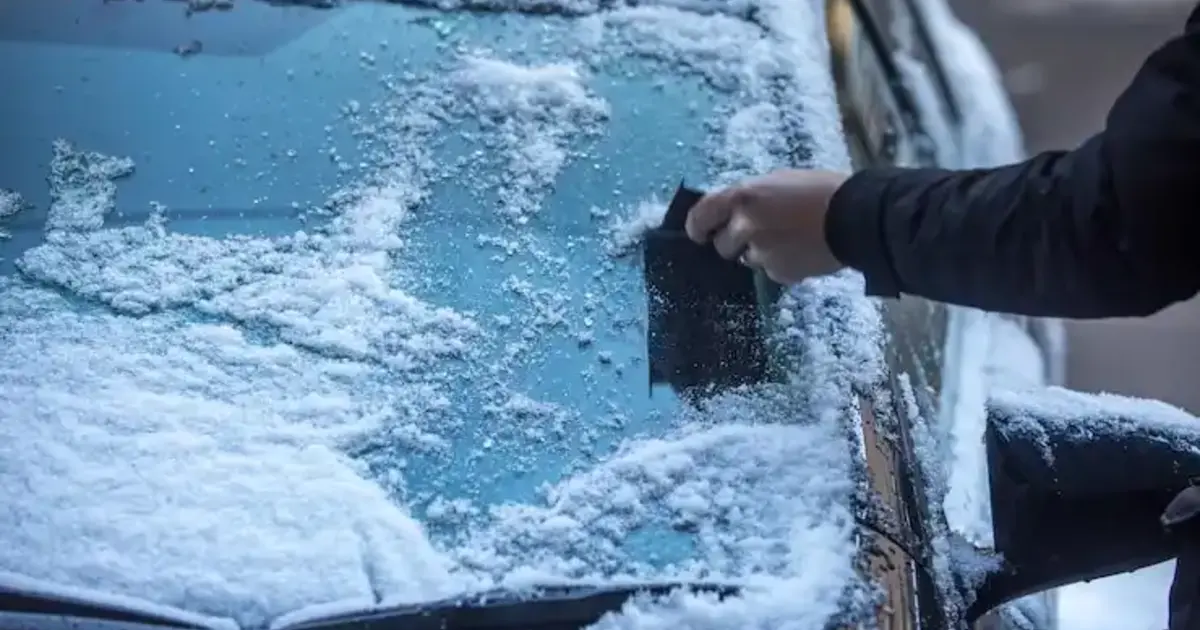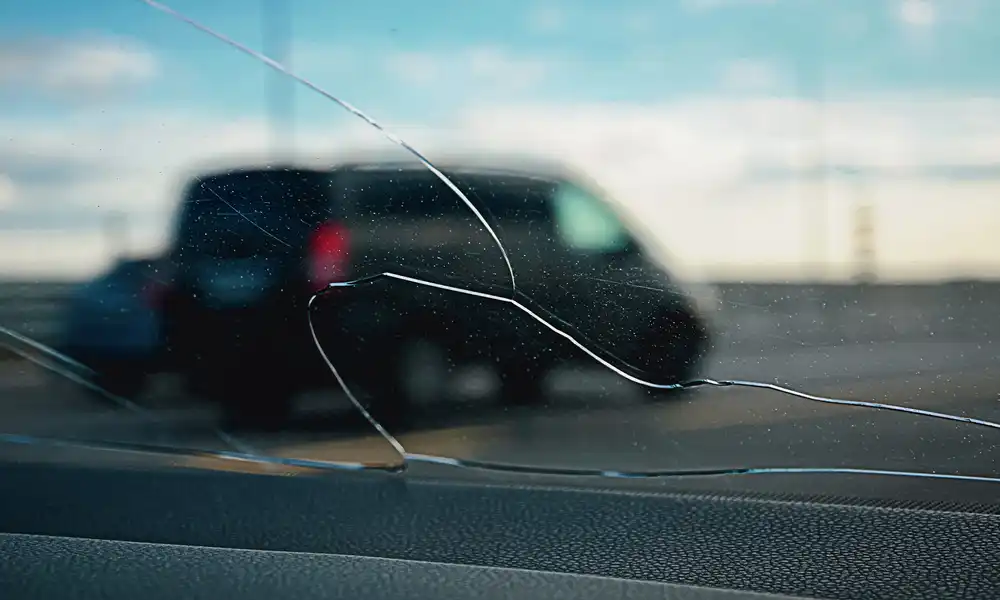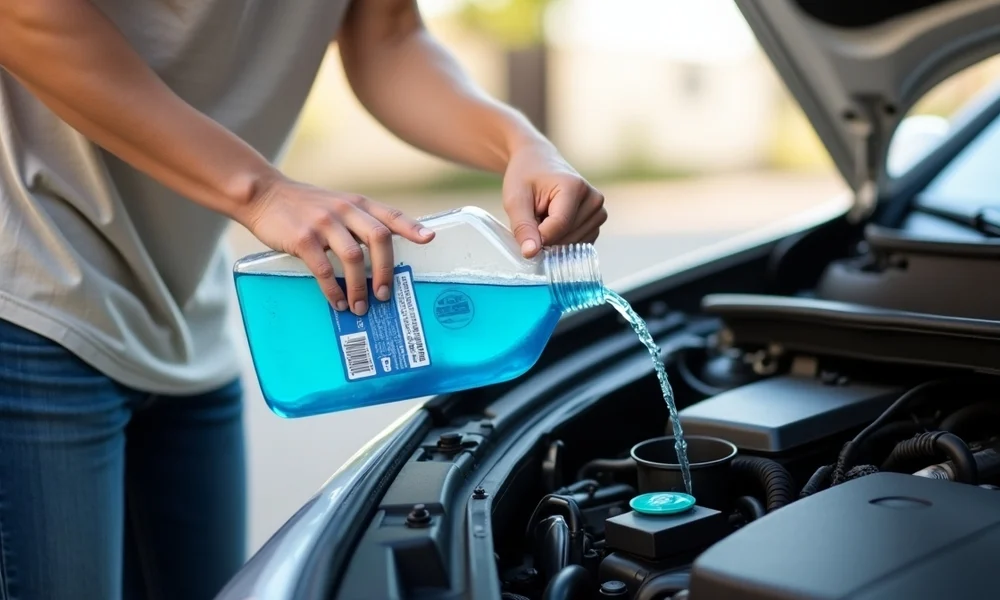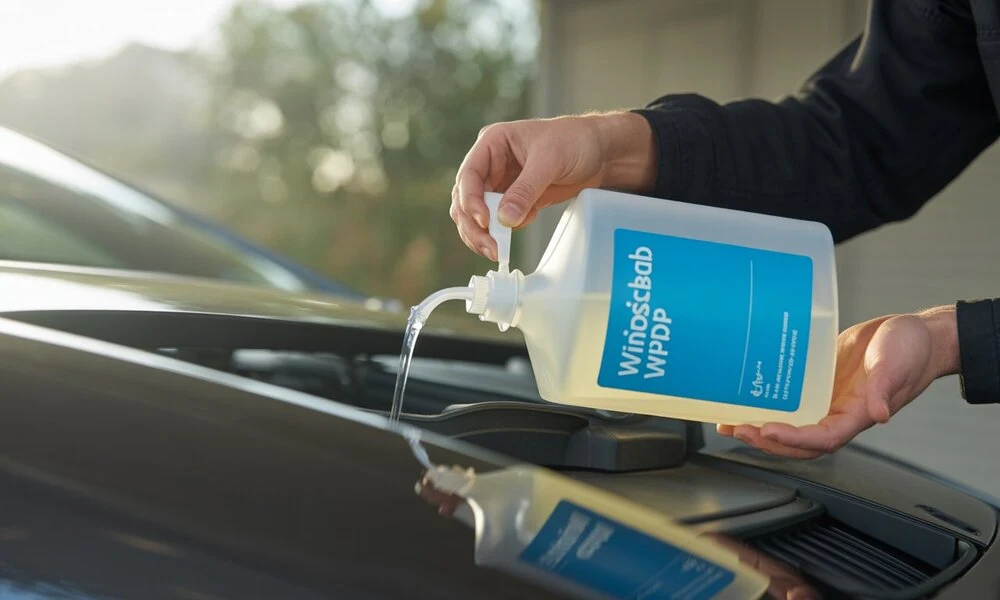How to clean car windows from inside is a simple task that can make a big difference in your driving experience. Many drivers focus on washing the exterior of their car but forget that cleaning inside car windows is just as important. Dirty interior glass can create glare from sunlight or headlights, reduce visibility, and even pose a safety risk. Wash inside car windows regularly to maintain clear views and prevent buildup from dust, smoke, and dashboard off-gassing.
Have you ever cleaned the outside of your windshield but still struggled with blurry vision while driving? That’s usually a sign the inside glass needs attention too. Keeping both sides of your windows spotless isn’t just about looks it’s about safe, distraction-free driving.
The Reason Your Windscreen Accumulates So Much Dirt

Your windscreen doesn’t get dirty from the outside only interior grime is a real problem too. If you’ve ever noticed a hazy film building up on the glass, you’re not alone. Let’s break down the main reasons why your windshield gets so dirty from the inside, and how to handle it with the right inside car window cleaner and habits.
Off-Gassing from Dashboards: A Silent Film Builder
One of the biggest causes of windshield haze is off-gassing. This happens when vinyl or plastic components inside your car especially the dashboard release chemical vapors. Over time, these vapors settle on the inside of your windows, leaving behind a cloudy film that reduces visibility and attracts more dust.
If you park your car in the sun often, this effect is even stronger. Heat speeds up the off-gassing process, making your windows foggy faster than you think.
Solution: Regularly use a cleaning interior car windows spray specifically designed for automotive use. Make sure to clean the glass at least once a week, especially during hot months.
The Role of Dust, Smoke, and Air Pollution
Airborne particles from traffic pollution, industrial zones, and even nearby wildfires can make their way into your car. Once inside, dust and smoke cling to the off-gassed film on your windows. If you’re a smoker or live in a highly polluted area, your interior windows are likely to get dirty much faster.
Tip: Keep your air filters clean and windows closed when driving through dusty or smoky areas. Use a microfiber towel along with your inside car window cleaner for a streak-free finish.
Climate Control and Condensation
When you run the A/C or heater, especially in changing weather, condensation can form on the inside of your windows. This moisture gives dirt, dust, and off-gassed chemicals something to stick to turning into a thin layer of grime over time.
Fix: Use your car’s defogger regularly and keep humidity under control. After running heat or A/C, wipe down the inside glass with a cleaning interior car windows solution to prevent buildup.
Everyday Habits Make It Worse
Believe it or not, the little things we do daily contribute to dirty windows:
- Touching the glass with greasy hands
- Letting pets stick their noses or paws near the windshield
- Smoking inside the car
- Eating messy snacks or drinks that create vapor
Each of these habits adds oils, grime, or particles to your interior surfaces and all of it ends up on your glass.
Best Practice: Make it a habit to wipe your windshield with an inside car window cleaner at least once a week. If you smoke or travel with pets often, increase your cleaning frequency.
You can also read about How To Clean Glue Residue From Car Window.
How to Clean Car Windows from Inside in Easy Steps
Keeping the inside of your car windows clean not only improves visibility but also gives your car a fresh, well-maintained feel. If you’ve been struggling with streaks, haze, or built-up grime, this simple step-by-step guide will show you how to wash inside car windows the right way.
Step-by-Step Guide for Cleaning Interior Car Windows
Step 1: Gather Your Supplies
Before you begin, make sure you have the right tools:
- Microfiber cloths (at least two)
- A quality cleaning interior car windows spray
- Distilled water (optional)
- Spray bottle (if using a homemade mix)
Avoid using paper towels or household glass cleaners, as they can leave lint and streaks or even damage tinted windows.
Step 2: Park in a Shaded Area
Sunlight can cause your cleaner to dry too quickly, leading to streaks. Always clean your windows in the shade or when your car is cool to the touch.
Step 3: Dry Wipe the Glass First
Start by using a clean, dry microfiber cloth to remove dust and loose particles from the glass. This helps prevent scratching during the actual cleaning process.
Step 4: Spray Cleaner on the Cloth, Not the Glass
To avoid drips or overspray onto your dashboard, always spray your cleaning interior car windows solution directly onto your microfiber cloth not on the glass. This method gives you better control while cleaning.
Step 5: Wipe in Circular Motions
Use circular motions to break down any grime, film, or fingerprints. This is especially important on the windshield, where off-gassing from dashboard plastics tends to leave a hazy buildup.
Step 6: Finish with Vertical Strokes
After loosening dirt with circular motions, go back over the glass using vertical strokes. This helps eliminate any streaks and gives your windows a clear, polished look.
Step 7: Repeat on All Interior Windows
Don’t forget to wash inside car windows on all sides driver and passenger windows, rear glass, and especially the front windshield. Each surface accumulates dust, smoke, and off-gassed chemicals over time.
If you have pets or smoke in your car, you may need to clean more frequently to maintain clarity.
Can You Use Windex on Car Windows?
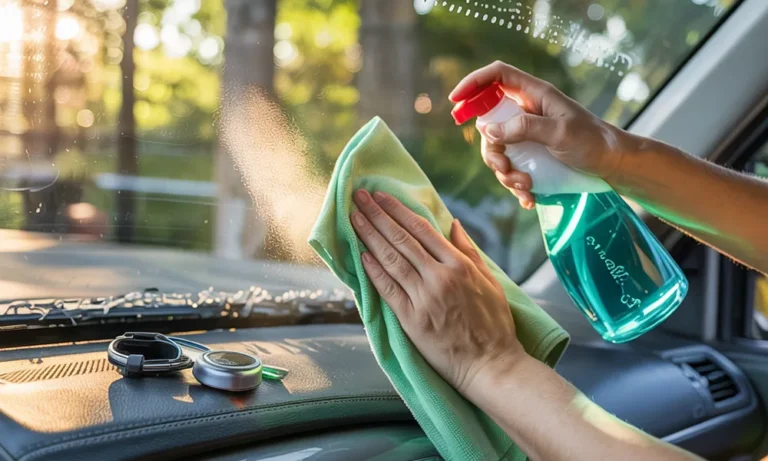
Short answer: Yes, but with conditions.
Windex can be used on car windows only if they’re not tinted and you’re using the right formula. The classic blue Windex contains ammonia, which can damage window tint film over time by drying it out or causing it to bubble and peel.
When Is Windex Safe to Use on Car Windows?
- Safe: On standard, untinted glass
- Avoid: On factory or aftermarket tinted windows
- Caution: On heated rear windows, be gentle to avoid damaging defroster lines
Better Alternative: Ammonia-Free Cleaners
If you’re unsure whether your windows are tinted or not, it’s safer to avoid Windex altogether. Instead, go with an ammonia-free glass cleaner, which is designed to be gentle on all window types tinted or not.
Best Practice: Use Auto-Specific Glass Cleaners
For best results when cleaning interior car windows, always go with products made specifically for vehicles. These cleaners are formulated to tackle common issues like:
- Off-gassing residue from vinyl dashboards
- Smoke film buildup
- Fingerprints, pet smudges, and interior grime
Pair your auto glass cleaner with a microfiber cloth and you’re good to go.
Pro Tips for Streak-Free Results
Want that crystal-clear, just-detailed look when you wash inside car windows? These quick pro tips will help you avoid streaks and get professional-level results every time you’re cleaning interior car windows.
Always Use Clean Microfiber Cloths
Dirty or overused cloths can leave streaks, lint, or even grind grime back into your glass. Always start with a fresh, dry microfiber towel and have a second one ready for buffing. Wash your microfiber cloths separately from other laundry to maintain their effectiveness.
Avoid Cleaning in Direct Sunlight
Heat from the sun can cause your glass cleaner to dry too fast, leaving behind streaks or water marks. Park your car in a shaded area or clean your windows early in the morning or late in the afternoon for best results.
Double-Clean the Windshield for Stubborn Residue
Your windshield collects more grime than any other window from off-gassing dashboards to interior moisture. After your first round of cleaning, go over it a second time with a fresh cloth to catch any leftover film or streaks.
Replace Your Cabin Air Filter Regularly
A dirty cabin air filter allows more dust, smoke, and pollutants to circulate inside your car, leading to faster window buildup. Replacing it every 12,000 to 15,000 miles (or as recommended by your manufacturer) helps reduce the need for frequent window cleaning.
Final Thoughts
Clean interior car windows boost safety, visibility, and overall driving comfort. Removing grime, dust, and haze helps reduce glare and keeps your view crystal clear. Regularly cleaning interior car windows at least bi-weekly or monthly prevents buildup from smoke, off-gassing, and everyday dirt. Using the right inside car window cleaner ensures streak-free, long-lasting results. Don’t wait for the glass to look dirty make it part of your car care routine. For expert tips or professional help, contact Texas Reliable Auto Glass.
Clear glass means safer drives let Texas Reliable Auto Glass help you get there!
FAQs
What Is The Best Way To Clean Car Windows From The Inside?
The best way to clean interior car windows is to use a microfiber cloth and an ammonia-free glass cleaner. Wipe the glass in circular motions, then finish with vertical strokes for a streak-free shine.
Can I Use Household Glass Cleaner To Clean Inside Car Windows?
It’s best to avoid household glass cleaners with ammonia, especially if your windows are tinted. Instead, use a cleaner designed specifically for cleaning interior car windows or an ammonia-free formula.
How Often Should I Clean My Car’s Interior Windows?
For optimal clarity and hygiene, you should wash inside car windows every two to four weeks. If you smoke, have pets, or live in a polluted area, you may need to clean them more frequently.
Why Do My Car Windows Get Dirty From The Inside?
Interior glass collects grime from off-gassing dashboards, smoke, dust, fingerprints, and condensation. This buildup creates a hazy film that can obstruct visibility if not cleaned regularly.
What Tools Do I Need To Clean Car Windows From The Inside?
You’ll need a microfiber cloth, an inside car window cleaner, and possibly a second cloth for drying. Avoid paper towels, as they can leave streaks and lint.


